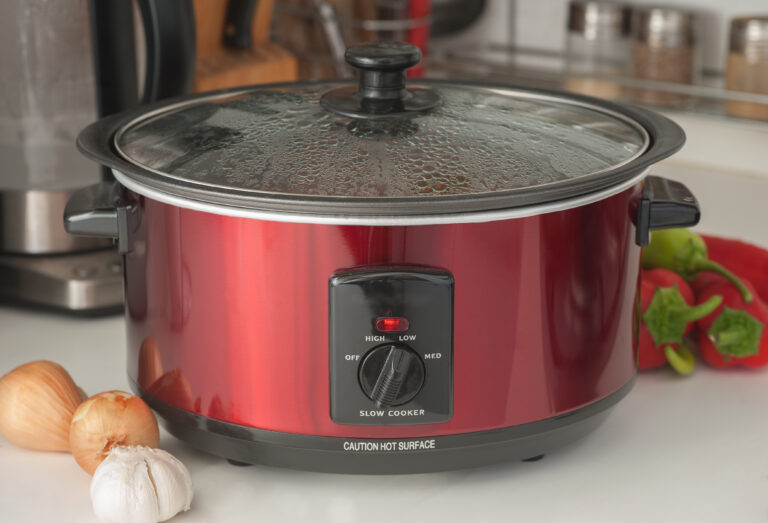Growing houseplants adds a natural element to your space, but comes with challenges familiar to new growers: am I over- or under-watering?
Air plants are named for their process of getting water – through the air. With more than 500 species, they are some of the easiest plants to grow in your home or office given proper sun, water and air circulation. They look like little tufts of grass with a silver or gray appearance and can range in size from 1 to 6 inches wide.
Air plants are epiphytes, meaning they attach to another object for support, but not in a harmful way. In nature, the sole purpose of their roots is for attachment and they often grow on trees and rocks. The leaves take on the role of absorbing water and nutrients from the environment.
Air plants need bright, indirect sunlight to stay healthy. Good air circulation is also essential to allow the plant to dry out between watering and to prevent disease on the foliage.
Dry plants will curl or roll, dull in color, and tips may brown. When watering, they can be misted, rinsed or soaked. Mist plants every other day until run-off occurs. To rinse, place the plant under lukewarm water for a few seconds and then lay it face down on a towel to drain off excess water. This should be done at least one to two times per week.
The plants can also be submerged in lukewarm water for 30 minutes and drained well. Allow plants to dry for several hours before placing them back in a terrarium. While not necessary for success, fertilize while watering with a balanced, all-purpose fertilizer once a month at quarter-strength of the recommended rate.
Small flowers, varying in color and shape, will occasionally form. Blooms rising out of the center are pink, purple and red. After a mature plant flowers, it dies and new plants (called pups) grow at the base of the mother plant. These offsets easily separate from the mother plant so you can share with others. You can also leave pups attached to develop a ball or mound of plants.
After the threat of frost has passed in the spring, air plants make nice additions to an outdoor garden or patio. Place them in a bright but shaded location out of late-day sun. Hang air plants from trees or pergolas for character and to create layers in the landscape. Keep plants watered well throughout the summer. Bring plants indoors once night temperatures fall below freezing.
Since air plants do not need soil, they can grow practically anywhere. They can decorate nearly any space or surface if you get creative. They look beautiful growing among other organic elements (think bark, driftwood, rocks, moss and shells), or on a bookshelf or windowsill that needs color. Air plants also make nice additions to open terrariums or dish gardens.
For the holidays, air plants positioned on a wreath or in a glass ornament make for great gifts.
Air plants offer a unique texture and color to any space, are easy to grow and make great natural additions to decor. For more information on growing Tillandsia indoors or in a garden, contact your local county Extension office.
Purchase the plants at your local garden center or online and create your own masterpiece.










